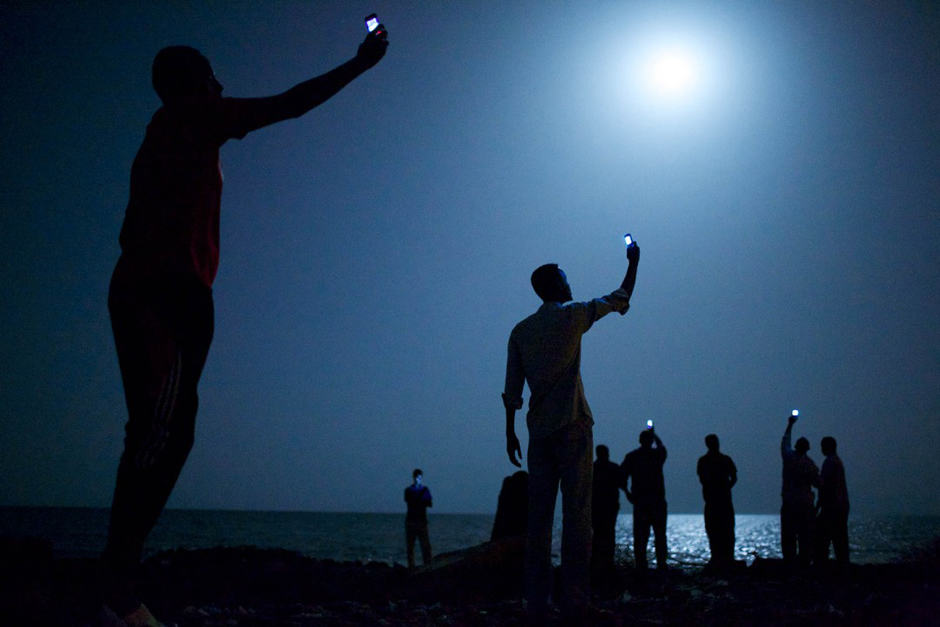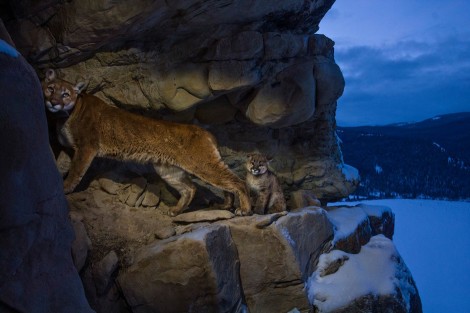If you’re interested in photography, journalism, or simply identify as a human, please read this. Everyone who has an hour to spare should check out the World Press Photo exhibit temporarily stationed at Brookfield Place. World Press Photo is a Dutch non-profit that has held one of the most well-known and prestigious press photography competitions every year since its founding in 1955.
The exhibit’s stop here in Toronto is one of 100 total cities visited worldwide. The primary award is the World Press Photo of the Year. They break down the rest of the awards by category; some of these include news, sports action, daily life, contemporary issues, nature, and observed or staged portraits. For over two decades they’ve had a photography academy that aims to bring visual journalism training to photographers in regions where there may otherwise be limited access, such as North Africa, the Philippines, Mexico and Bangladesh.
Additionally, they award a yearly grant of 20,000 euros, jointly sponsored by Human Rights Watch, in Tim Hetherington’s name to a photojournalist looking to fund a project with a human rights theme. Hetherington was a highly acclaimed British photojournalist, killed during his coverage of the 2011 Libyan civil war.
Hetherington was the winner of the 2007 World Press Photo of the Year for his photo of a soldier in the Korengal Valley of Afghanistan; this was the epicentre of the fighting and inspired the documentary Restrepo, which he co-directed.
The exhibit is in the middle of the expansive office and commercial building, which I imagine reverberates with commotion during rush hours. I walked underground from Union Station in the early evening, only bumping into a few energetic Leafs fans, and when I arrived it was somber and quiet. The photos are displayed prominently in the centre of the atrium, hopefully slowing down at least some of the businesspeople passing by in their travels.
One of Rahul Talukder’s photos showed the crowd gathering around the collapsed factory in Savar, Bangladesh in April. The sheer scale of the onlookers is incomprehensible, and people are not only standing at ground-level but are also exposed on the roofs and levels of adjoining structures. On the left side of the picture a hand points towards the mass of people.
A collection of six images by Sara Naomi Lewkowicz documents the life of a family in Ohio. The male figure, Shane, had been arrested for domestic violence against his partner, Maggie. The photos depict moments of the abuse as well as more peaceful ones, such as Shane and Maggie’s four-year-old son getting a haircut.
Robin Hammond photographed the plight of mentally ill people in “areas of crisis” — failed states, refugee camps, or countries with a collapsed infrastructure. In these images we see the extent of the isolation they endure, as well as their mistreatment. In one image, two men are seated cross-legged on the ground while another man yells at them through a megaphone only inches away from their heads. They seem not to be phased, staring listlessly into the camera.
Chair Gary Knight asked the rest of the 2014 jury if they thought there should be a hierarchy of issues when deciding which photos should be chosen. In his words, this meant, “if we were all unbiased, what choices would we make?” Their decision was that they should judge the photography of issues and events, and not the issues themselves. The winning photo is John Stanmeyer’s depiction of men on a beach in Djibouti, holding their cell phones up in the air to pick up cell service from nearby Somalia — “a tenuous link to relatives abroad.”
The exhibit in its entirety, given that it showcases the best work of this year, certainly deals with weighted themes. For my first 10 minutes there, I was calm but tearing up; after a point, it becomes more about the message than the emotion. I was simply and honestly transfixed by the different stories being told. According to Knight, Stanmeyer’s photo was the standout for the jury not only for its excellence and creativity, but because it signified a “moment of hope born from despair.”



